43+ Sample Financial Analysis Templates
-
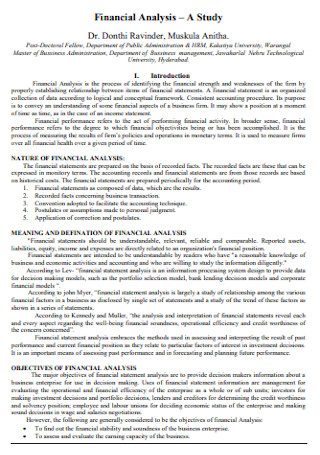
Study Financial Analysis Template
download now -
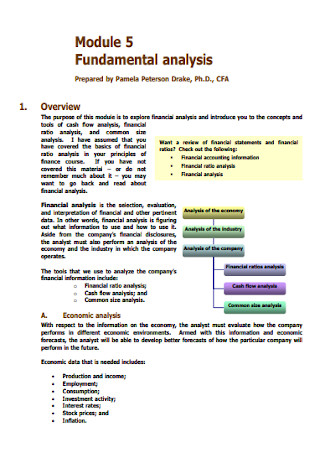
Financial Fundamental Analysis
download now -
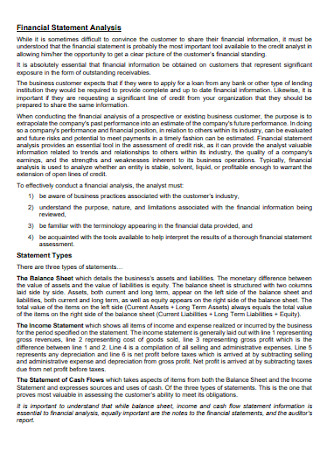
Financial Statement Analysis
download now -
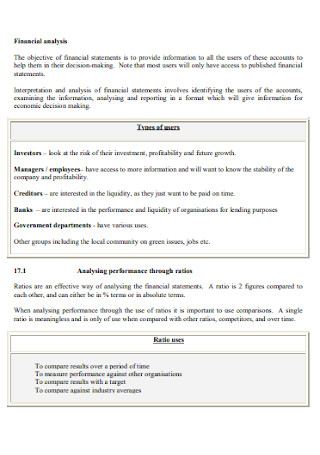
Simple Financial Analysis Template
download now -
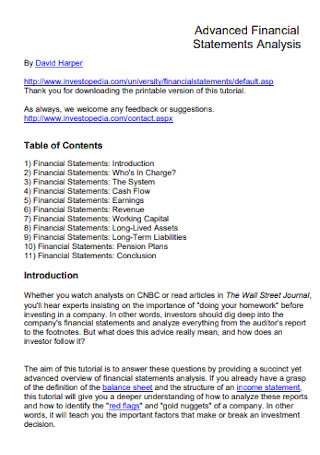
Advanced Financial Statements Analysis
download now -
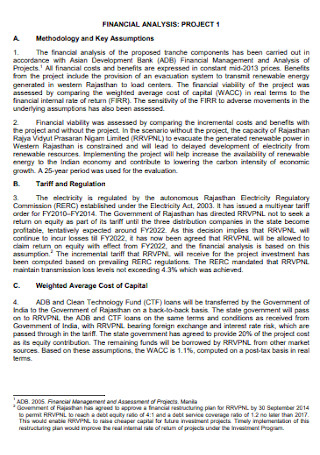
Project Financial Analysis Template
download now -
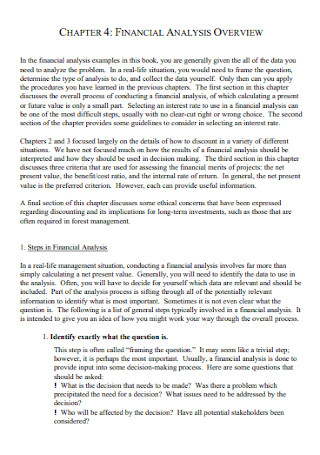
Standard Financial Analysis Template
download now -
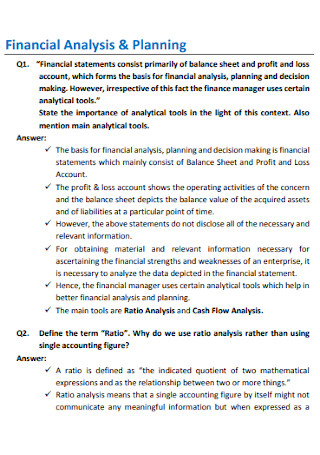
Financial Planning Analysis
download now -
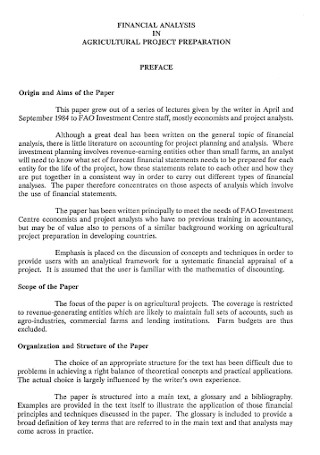
Agricultural Financial Analysis
download now -

Corporate Financial Analysis
download now -

Performing Financial Analysis
download now -
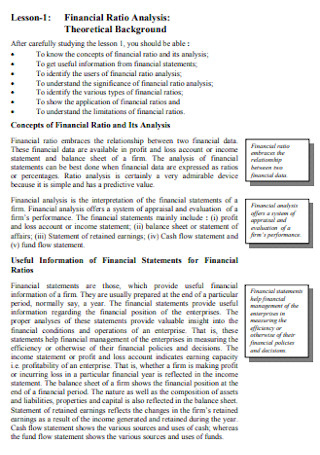
Financial Ratio Analysis
download now -

Financial Analysis Format
download now -
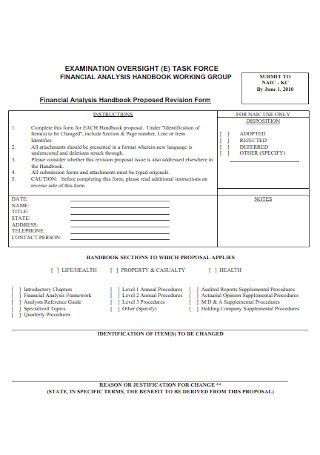
Financial Analysis Handbook Template
download now -

Financial Analysis in Entertainment Example
download now -
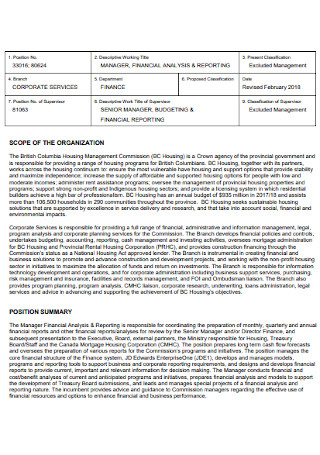
Financial Analysis Reporting Template
download now -
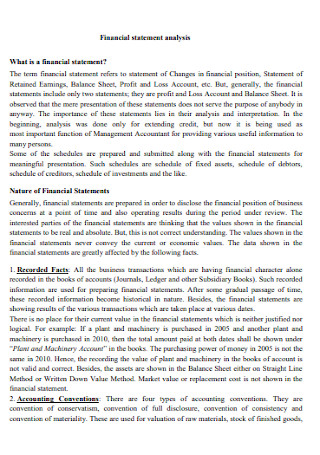
Sample Financial Statement Analysis
download now -
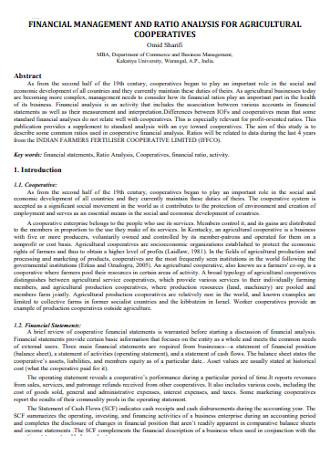
Financial Management and Ratio Analysis
download now -
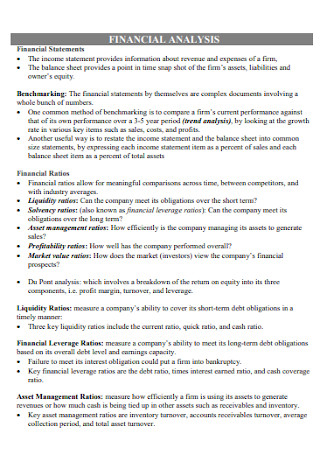
Formal Financial Analysis Template
download now -
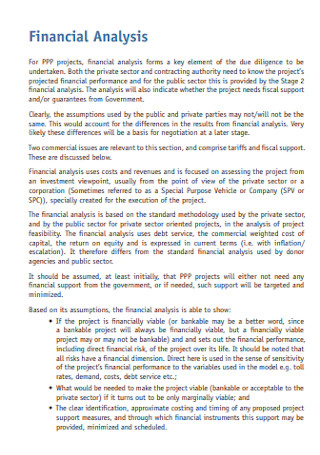
Basic Financial Analysis Template
download now -
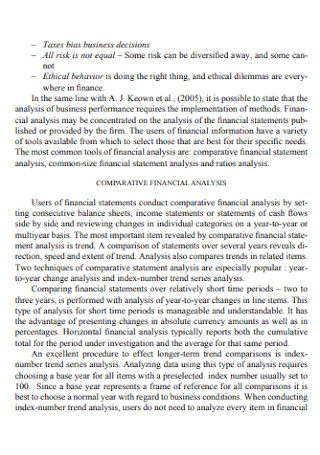
Competitive Financial Analysis
download now -
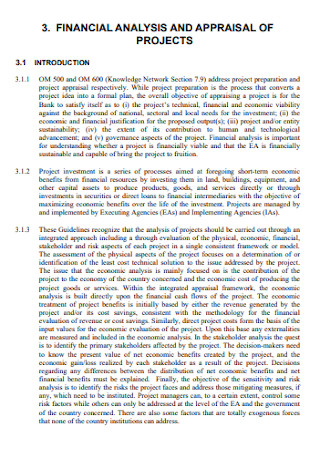
Financial ANalysis for Appraisal of Project
download now -
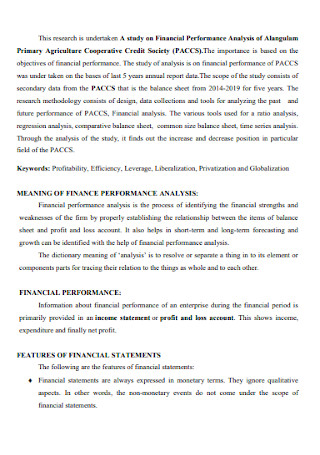
Study Financial Performance Analysis
download now -
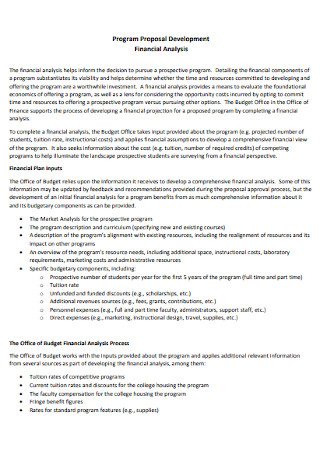
Program Development Financial Analysis
download now -
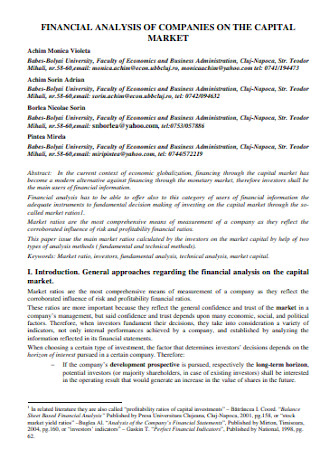
Company Financial Analysis
download now -
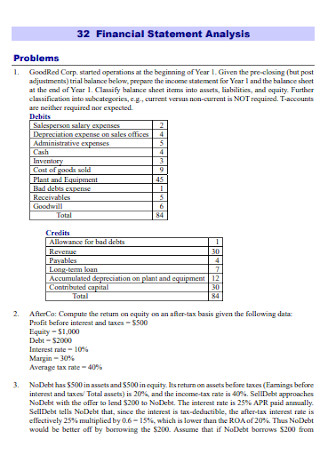
Basic Financial Statement Analysis
download now -

Market for Financial Analysis
download now -
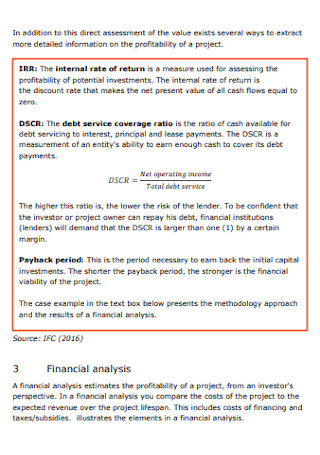
Economic and Financial Analysis
download now -
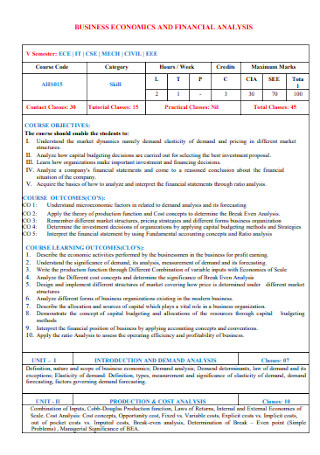
Business Economics and Financial Analysis
download now -
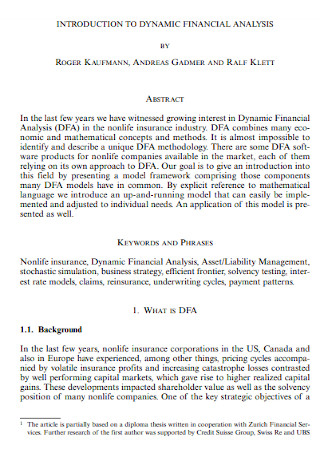
Dynamic Financial Analysis
download now -
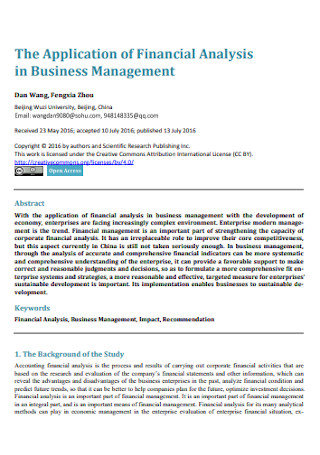
Business Management Financial Analysis
download now -
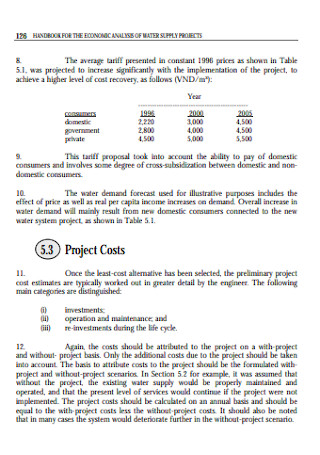
Financial Cos Benfit Analysis
download now -
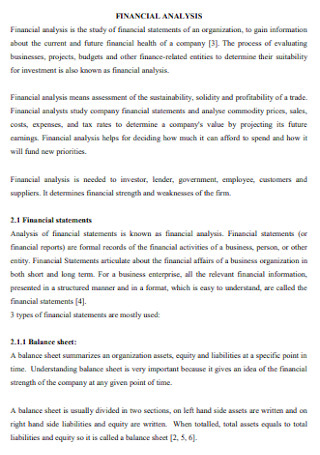
Financial Analysis of Mining Project
download now -
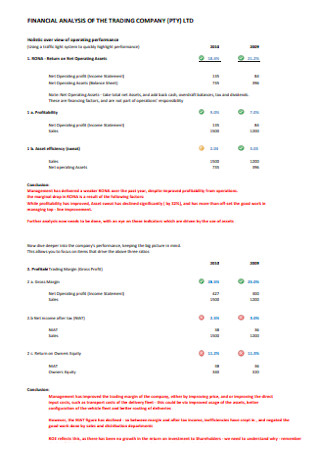
Company Trading Financial Analysis
download now -
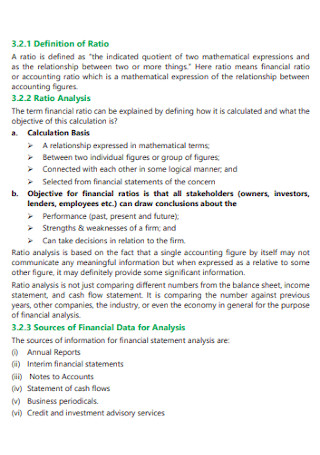
Financial Ratio Planning Analysis
download now -

Transport Financial Analysis Template
download now -
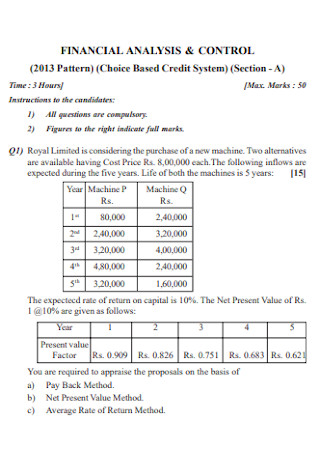
Financial Control Analysis Template
download now -
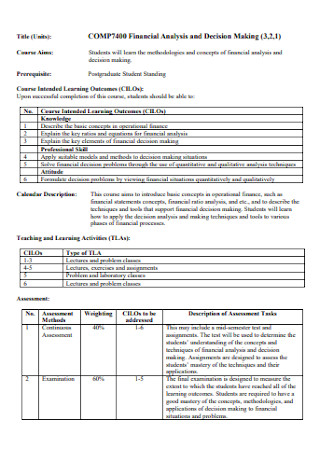
Decision Making and Financial Analysis
download now -
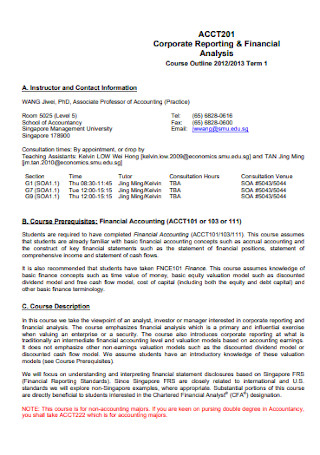
Corporate Financial Reporting Analysis
download now -

Financial Investment Analysis Template
download now -

Annual Financial Analysis
download now -

College Financial Analysis Template
download now -
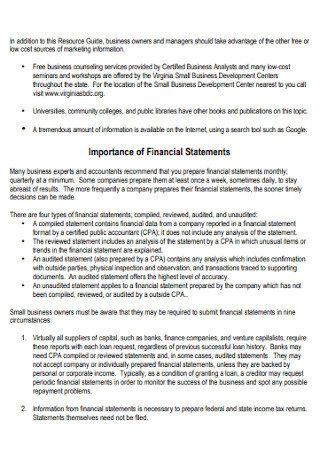
Small Businesses Financial Analysis
download now -
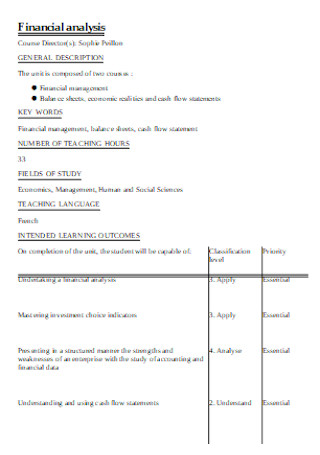
Printable Financial Analysis Template
download now
FREE Financial Analysis s to Download
43+ Sample Financial Analysis Templates
What Is a Financial Analysis?
Why Financial Analysis Matter
Different Types of Financial Analysis
Best Practices on How to Do Financial Analysis
FAQs
What is the difference between finance and accounting?
What are the different elements of financial analysis?
What are the different components of a financial analysis?
What Is a Financial Analysis?
Financial analysis is the method by which businesses, plans, and projects are evaluated to determine their performance, profitability, revenue potential, and strengths. It makes use of an organization’s financial information to make way for evaluation and make accurate projections of the company and its projects in the future. This provides useful information as it directs them towards favorable choices of things that can help them gain or cut off necessary parts to make more important financial decisions.
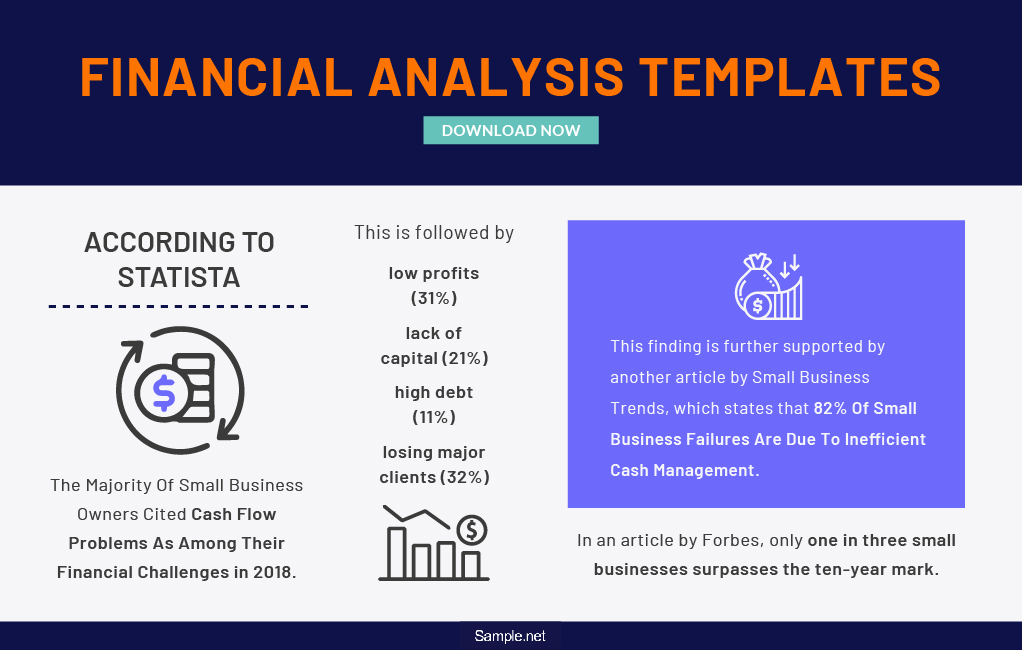
According to Statista, the majority of small business owners cited cash flow problems as among their financial challenges in 2018. This is followed by low profits (31%), losing major clients (32%), lack of capital (21%), and high debt (11%).
This finding is further supported by another article by Small Business Trends, which states that 82% of small business failures are due to inefficient cash management.
In an article by Forbes, only one in three small businesses surpasses the ten-year mark.
Why Financial Analysis Matter
Where there are economic activities, there lie finances. Every day, businesses in various prominence, size, and industries gamble on their financial coffers with matters concerning their operations and how they can achieve more. It takes serious deliberation to know where you’re dedicating your outflow where it can bring in more than how much you’ve invested.
The role of financial analysis in these crucial decision-making processes is that it provides information about their current and previous financial statements and if these resources can sustain the organization’s current and future plans. It magnifies the details of a plan with a goal of uncovering its strengths and weaknesses. It seeks the degree of an undertaking’s potential on whether it can overcome obstacles when implemented.
This method doesn’t guarantee accurate details of a plan’s future results because a lot can change in a few months or weeks. There will always be circumstances that can hinder its performance. However, financial analysis provides the team with accurate data such as cash flow statements, income statements, and balance sheets. These records help organizations assess the state of their finances and how this will affect them in a certain timeline.
Different Types of Financial Analysis
There are many ways by which you can perform a financial analysis. Each method supports your action plans and helps you gather the best results that you can use to have comprehensive details, allow changes, perform better financial-wise, and reach a reliable conclusion.
The following are the different variety of financial analysis that you should know about:
Best Practices on How to Do Financial Analysis
The goal of financial analysis is important to cater to various occasions. It determines an organization’s strengths and weaknesses; therefore, it’s a valuable document to present when searching for investors. It’s also a crucial document to review when discussing crucial decisions and when seeking approval. Here are some steps on how to do a financial analysis:
1. Gather All Relevant Data
Before you begin to make your analysis, start by gathering all the needed data, it needs to support your report. You must have a thorough idea of your financial statement. You can accomplish this by getting your hands on your cash flow, income statement, an balance sheet. Aside from those, gather details of your annual or quarterly expense reports, budget plans, and other finance-related documents that you think will be helpful in putting together your analysis. Exhaust all resources that will prove to be beneficial to the task at hand. This way, you’ll draw out a well-researched conclusion at the end of the process.
2. Establish a Goal
If you want to garner results that will suit your need and provide you with useful information, have a goal in mind. This will serve as your guide on how you will use your resources and how the process should look like. This also helps you determine what kind of financial analysis you’re going to make. As an example, if you’re making a project financial analysis to determine a project plan’s profitability before you decide to pursue it, you’ll begin to assess the needed budget for the plan to pan out and compare the records to your previous projects of similar stature. Other goals you may have in mind is how to compare your financial growth against a previous financial period or determine how much allocation you will dedicate to certain organizational undertakings.
3. Determine Financial Ratios
Financial ratios are those that can help you determine your company’s ability to meet your goals. It divides assets by liabilities and presents the percentage that can be key to figuring out if you can generate profits, or your baggage is pinning down your performance. It should result in a rate where it’s not too much that there’s more unnecessary or unused cash and supplies. A low financial ratio indicates insolvency or the surge of debts that an entity ca longer cover. In simpler terms, calculating your financial ratio is a thorough check on your financial health. This can impact your financial plans, and decision-making process as this will determine if you can take on new challenges or sort out present dilemmas with your finances.
4. Assess Risks
There will always be risks. That statement can never be more accurate when applied to entrepreneurial activities. Even when a decision screams success, there will always be that tinge of threat that can overthrow a well-manicured plan. Risk analysis will always be an important process when making an analysis. Identify which factors of a plan can be a source of risk. For example, if you’re an investor who’s been asked to support a plan, you need to flip through their records and find out what risks it will get you involved in. Aside from identifying the risks, there should also be measures to contain and monitor them through a strategic plan and individuals who are experts in taking up the role.
FAQs
What is the difference between finance and accounting?
Finance refers to the management of cash and investments, while accounting is the process of keeping and maintaining an organization’s financial records.
What are the different elements of financial analysis?
The different elements of financial analysis are:
- Revenues – your business’ cash source and often a measurement of success. This involves revenue growth, concentration, and revenue by employee.
- Operational Efficiency – this determines the quality of your resource utilization. This also identifies if you’re managing your client’s credit well and if your inventory management is working efficiently.
- Profits – every business always aims for high profitability. This includes the gross profit, the operating profit, and the net profit.
- Capital Efficiency and Solvency – this concerns the business’ lenders and investors.
What are the different components of a financial analysis?
The different components of financial analysis are the balance sheet, cash flow statement, and income statement.
Plans and decisions never come out of the blue. The idea may be sudden and unexpected, but there’s a lot that contributes to the process of making it possible. Before anything can kick-off, the financial analysis is a crucial pre-planning step to determine that it’s worth the investment, resources, and effort. It highlights a plan’s financial strengths and analyzes weaknesses that might hinder its feasibility. Financial analysis results will contribute a great deal to whether you’ll get a green signal or dismiss a promising plan that might turn out to be a financial burden rather than a revenue-generating activity.
